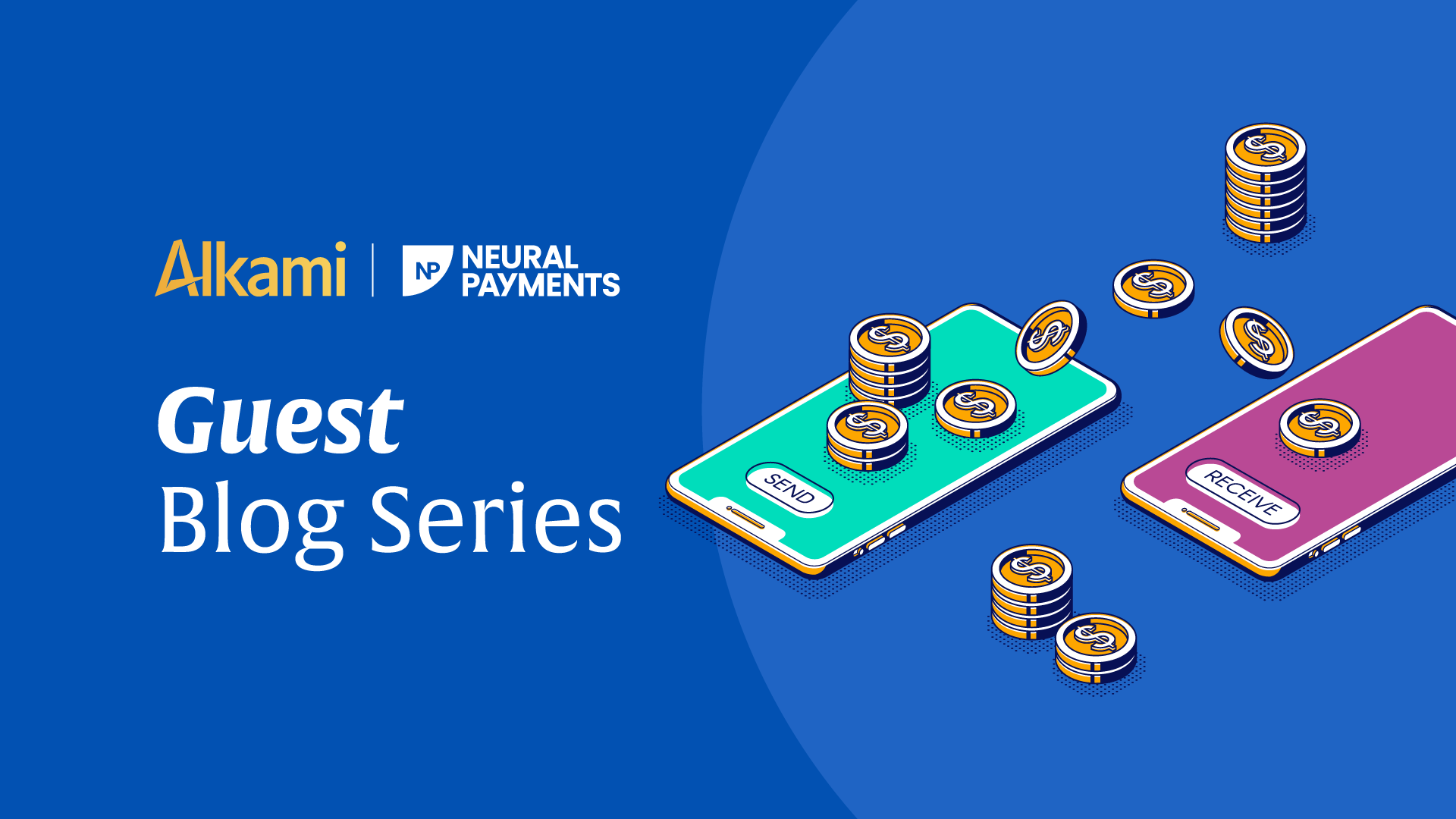For banks and credit unions, the ultimate goal always comes down to this: to become the primary financial institution (PFI). Achieving that goal is, of course, a complex task. While they are vying for coveted market share and long-term loyalty, banks and credit unions must weigh numerous priorities, challenges, opportunities and risks. Because of this, offering the right mix of consumer banking solutions can be tricky – and that includes payment methods.
In today’s mobile reliance, paper checks have been quickly replaced with digital options – especially peer-to-peer (P2P) payments. In fact, P2P payment services are so popular that 84% of people have used them – with more than half of those consumers making P2P transactions weekly.
Playing the role of a financial partner, financial institutions are uniquely positioned to become deeply ingrained into the everyday lives of the people and businesses they serve – only if they are able to meet their needs and meet them well. When it comes to payment methods, financial institutions have options, but deciding which is right for the financial institution and its account holders means weighing costs, security, market appeal, features, and more.
Comparing common non-cash payment methods (Types of Payment Methods, Association for Financial Professionals, 2024)
| Method | Security | Processing Time | Cost |
| Checks | Low | 2-3 days of deposit | High |
| Wire transfers | High | Immediate | Most expensive |
| Real-time payments | High | Immediate | Medium |
| Batch/ACH | High | 1-2 days | Nominal |
| Card payments | Medium | 1-3 days | Nominal |
| Legacy P2P | Medium | Nearly Immediate | Low |
| Neural Payments P2P | High | Immediate | Low |
Common security concerns regarding P2P providers often revolve around the potential for data breaches, unauthorized access, and the risk of exposing sensitive information during peer-to-peer transactions. About 1 in 5 adults using P2P in 2023 were victimized or targeted by scammers.
It is paramount for financial institutions to offer P2P solutions built to be secure. For example, the Neural Payments P2P platform and its Fraud Rules Engine can detect and stop fraudulent activity before it happens, making it one of the most secure real-time payments options available.
Checks are not just risky – they are among the most expensive payment options for financial institutions, along with wire transfers. By offering P2P, banks and credit unions can reduce check use – thereby reducing processing costs by $1 to $4 per transaction with the right P2P platform.
P2P can also help financial institutions save on acquisition costs. By attracting new users through P2P payments, financial institutions can significantly reduce digital acquisition expenses. Leveraging a P2P platform that offers flexible endpoints is a key way to capture greater market share at lower acquisition costs.
Financial institutions must also look at P2P as a way to not only make transferring money easy for their account holders, but also to become the user’s everyday payment system choice and the provider offering what other financial institutions aren’t.
To do that, financial institutions can offer P2P payment services that enable account holders to send money to a wide variety of endpoints. Users of most legacy P2P platforms can only use those platforms to send and receive money from other users of those same platforms—an inconvenience that requires users to coordinate or be limited in transaction capabilities.
On the other hand, the Neural Payments P2P platform is built on a network of payment rails, enabling it to send money to virtually anyone. Recipients can simply direct the funds straight to their debit card, or to the digital wallet of their choice. This flexibility makes the P2P platform an agnostic option – and because it is integrated into Alkami’s digital banking solutions, the P2P payments experience is seamless and branded to the financial institution.
Selecting payment systems that can go beyond P2P is a smart strategy for financial institutions looking to elevate their consumer banking solutions. An agnostic P2P platform, such as Neural Payments, provides the flexibility required to ensure a smooth user experience. However, going even further, the debit rails infrastructure leveraged by the platform enables it to extend beyond P2P alone.
The provider’s underlying architecture enables its fintech to be utilized for additional applications, such as disbursements, account funding, digital wallets, merchant checkouts, real-time bill payments, and international transactions.
On the surface, the transition from checks to P2P payment services has felt like an organic shift driven by consumers. In reality, it was a strategic move driven by fintech firms looking to create their own financial ecosystems. For financial institutions, those P2P fintechs represent billions of dollars in losses as consumers draw funds away from banks and credit unions and put them into third-party digital wallets for P2P.
As the payments industry continues to evolve digitally, financial institutions need to explore additional strategies to retain deposits and ensure healthy adoption rates with their consumer banking solutions. Partnering with a flexible, integrated and branded P2P payments solution is a highly effective way to not only facilitate secure and modern P2P payments, but also keep account holders active, satisfied and loyal to your institution.
To learn more about elevating your consumer banking solutions with P2P payments, talk with your Alkami representative about including Neural Payments within your digital banking platform.
